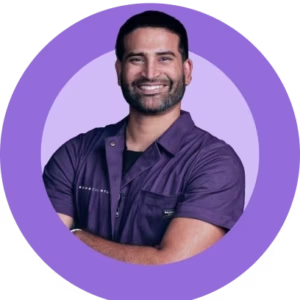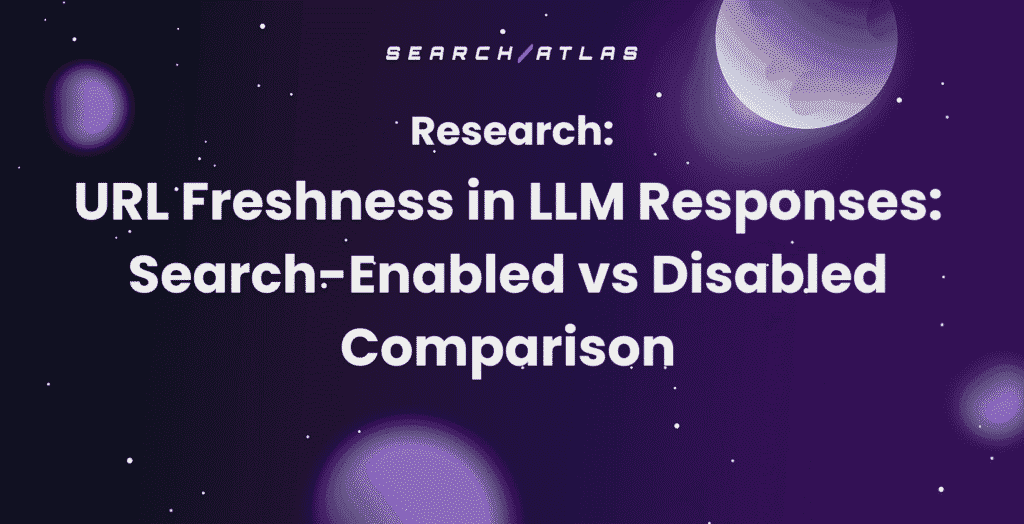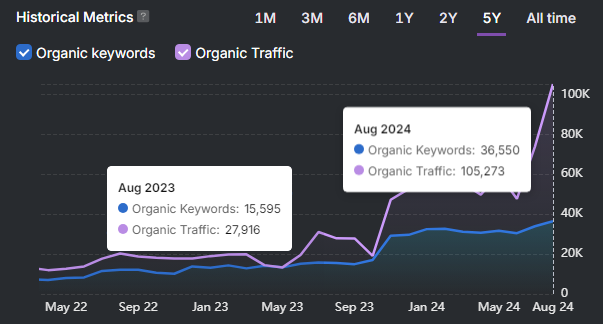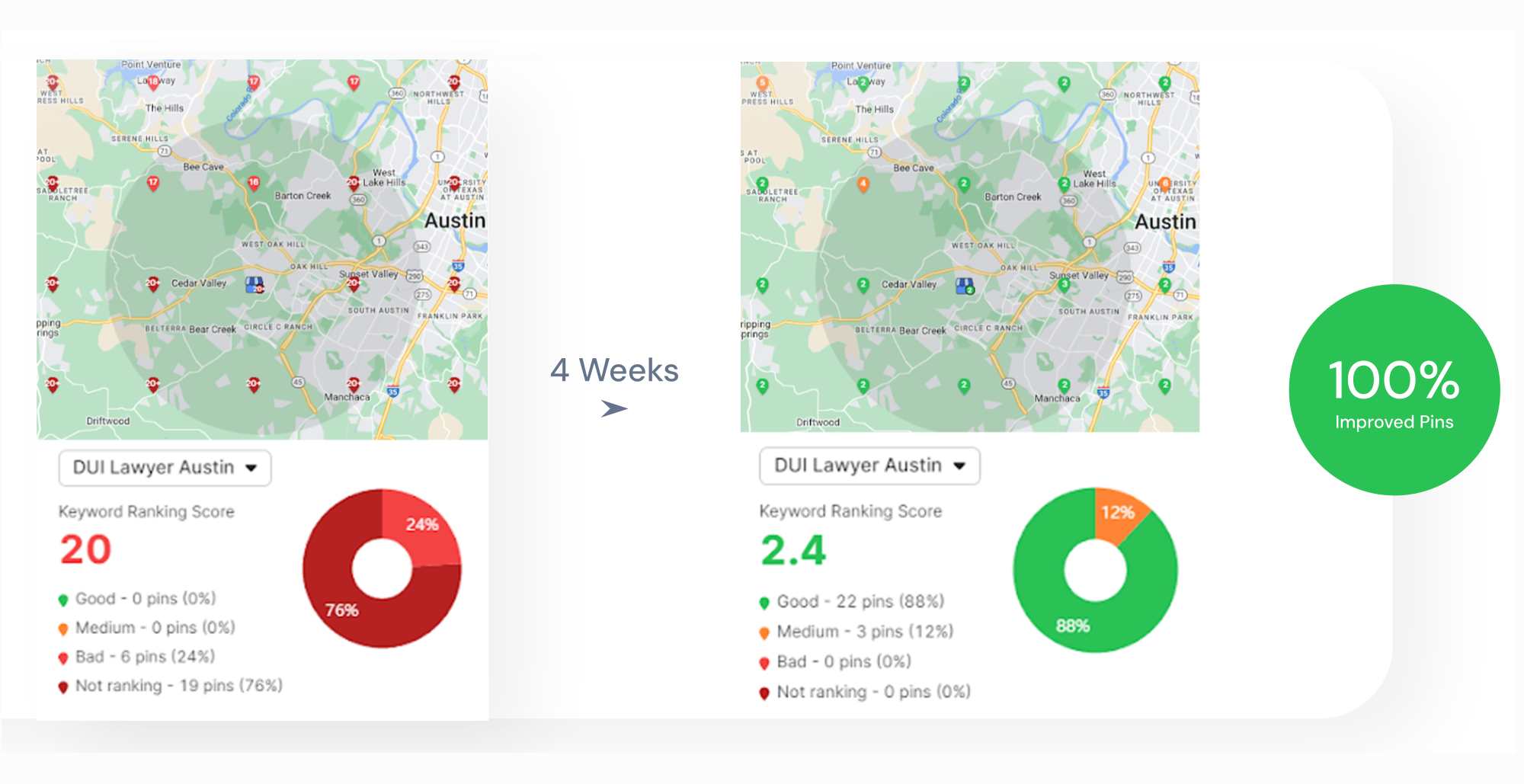The Skyscraper Technique identifies high-performing content with backlinks, creates superior versions, then contacts linking sites for replacements. Brian Dean invented this method in 2015. The strategy works less effectively now due to overuse and algorithm changes, but remains viable with modern approaches.
Success requires finding relevant content with improvement opportunities, creating genuinely better resources through new perspectives and enhanced design, then executing personalized outreach. Benefits include increased authority, improved search rankings, and targeted traffic growth. The technique costs less than paid link building while delivering sustainable long-term results.
What Is the Skyscraper Technique?
The skyscraper technique is a link-building strategy that involves 3 key steps. First, identify high-performing content with many backlinks. Second, create a significantly better version of the content. Third, reach out to websites that are linked to the original content and suggest they link to your improved version instead.
The technique gets its name from a simple concept. You find the tallest building (most popular content) in your niche. You construct an even taller one after you create a better resource.

How to Execute the Modern Skyscraper Technique
Steps to executing the modern skyscraper technique are listed below.
1. Find the Right Content
Find content that meets specific criteria. Your target content must satisfy 3 requirements.
- It is relevant to topics your audience cares about and you possess expertise to improve upon.
- It has 50-100+ referring domains from reputable websites.
- It shows clear improvement opportunities.
To find the right content, enter competitor websites into backlink analysis tools.
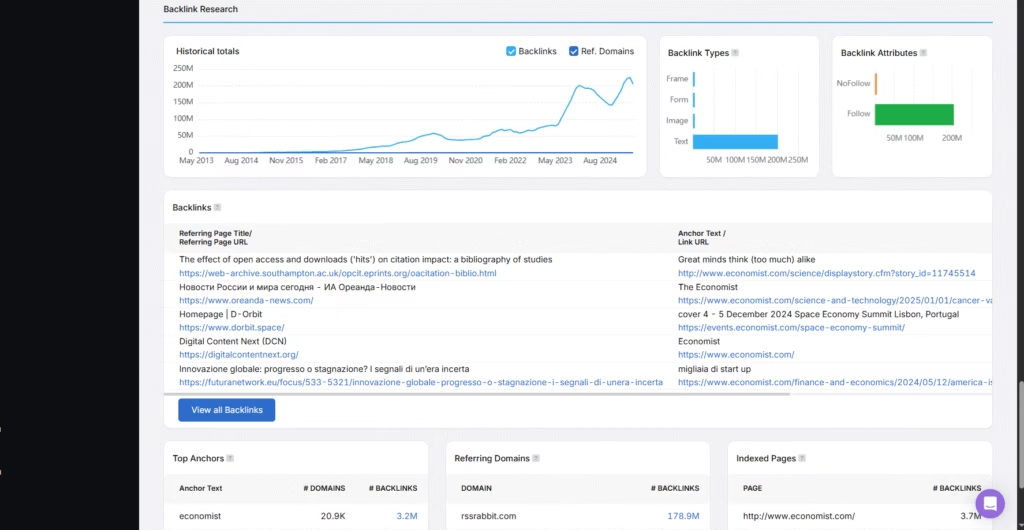
Check the Indexed Pages report for most-linked content second. Avoid picking content based solely on the highest backlink count and consider improvement potential instead. Analyze top-ranking content for weaknesses after you identify potential targets.
Click on indexed Pages to see all pages and sort them by backlinks. Look at different topics and what you are able to improve.
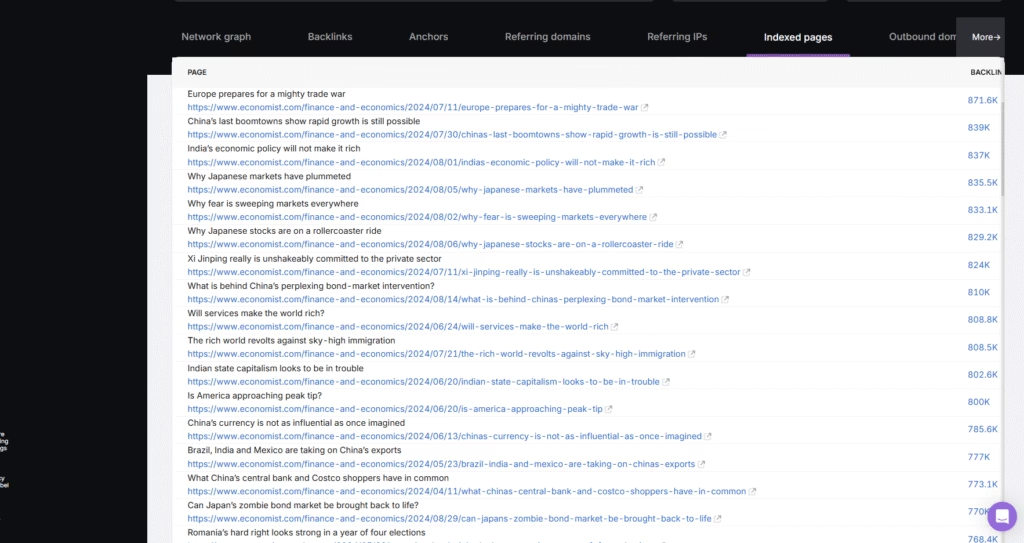
Another method for finding websites with replaceable content is through the Wildfire tool. This AI tool finds the most topically relevant websites that have significant content overlap. This helps you weed out suspicious websites.
In the Authority Building Toolkit, click on Link Building Exchange. It redirects you to a dedicated page that lets you search the largest global catalog of publishers. The filters in the catalog are listed below.
- Publisher. Filter by specific publisher names
- Relevant for. Match publishers to your content
- Category. Filter by industry
- Organic Keywords. Filter by number of organic keywords
- Traffic. Filter by website traffic volume
- Domain Power. Filter by overall domain strength
- Domain Authority. Filter by Moz’s DA metric
- Domain Rating. Filter by Ahrefs’ DR metric
- Spam Score. Filter by spam risk level
- Price. Filter by cost/pricing range
- TLD (Top Level Domain). Filter by top-level domain (.com, .org, etc.)
- Google Indexed. Filter by Google indexation status
- Trust Flow. Filter by Majestic’s Trust Flow score
These filters help marketers find target sites for which to create relevant replacement content using the skyscraper technique.
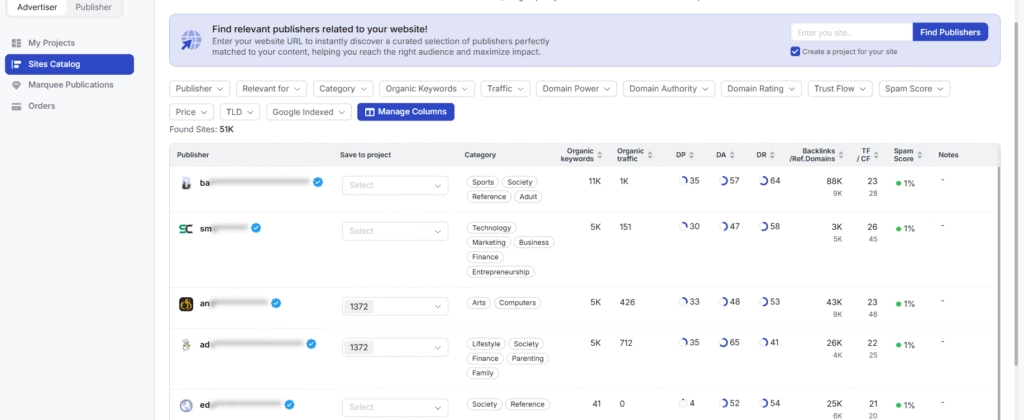
2. Create Better Content
Your content must compel websites to link to your version rather than the original. Copy the URLs of the pages you want to replace into the Scholar Tool for a detailed content comparison. Scholar is an AI tool that quantifies metrics regarding content structure, quality, and optimization for any website. The metrics Scholar analyzes and websites appreciate are covered below.
- Content Clarity. Analyzes sentence structure and readability to measure how clearly your page explains the topic.
- Factuality. Quantifies how much the language and concepts align with the topic.
- Human Effort. Reviews human effort including images, schema markup, lists, tables and more.
- Information Gain. Identifies if the page offers unique insight or regurgitates existing content.
- Content Freshness. Detects outdated material by reviewing dates, references, and publication cues.
- User Intent Alignment. Compares your content format, purpose, and depth to keyword intent.
- Entities. Evaluates if the content mentions key concepts that connect to the topic in Google’s Knowledge Graph.
- Contextual Flow. Confirms that the structure makes logical sense by analyzing the order and relationship of subtopics.
- Numerical Score. Measures the use of statistics, figures, and data points.
- Query Relevance. Analyzes the alignment between target keyword, URL, title, and headings to confirm topical focus.
- Readability. Rates writing clarity and complexity similarly to standalone readability tools.
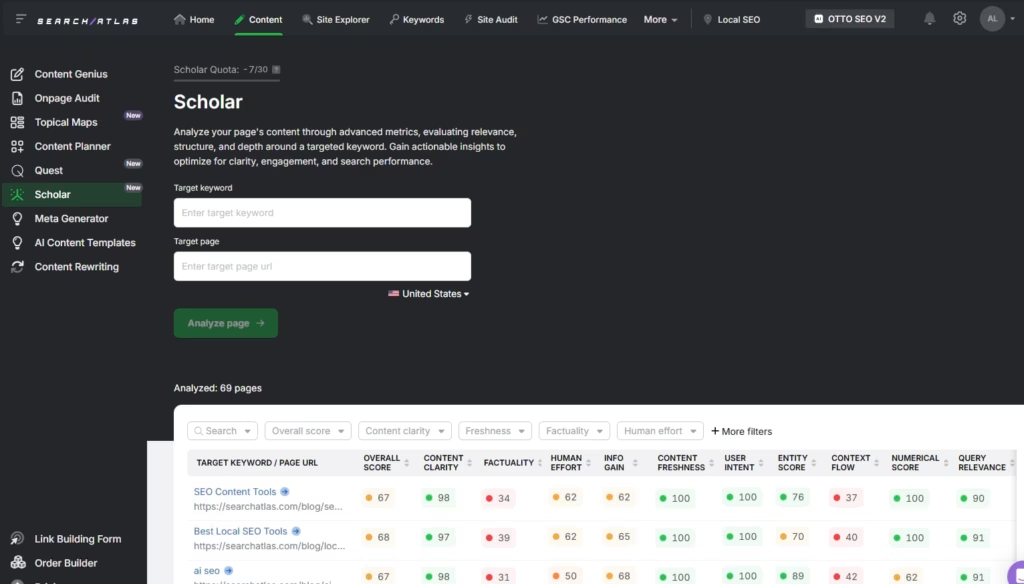
To create content that website owners accept, satisfy the conditions explained below.
Boost Information Gain
Approach the topic from a different angle and use your expertise or experience. Share differing views or challenge the status quo when appropriate. Avoid simply repeating existing information and provide unique insights that distinguish your content.
Other best practices for adding information gain are listed below.
- Referencing credible sources and current data
- Including expert opinions and relevant crowdsourced insights
- Updating statistics and trends regularly
- Providing more comprehensive details than competitors
Scholar analyzes information gain so it helps you assess possible content improvements more quickly.
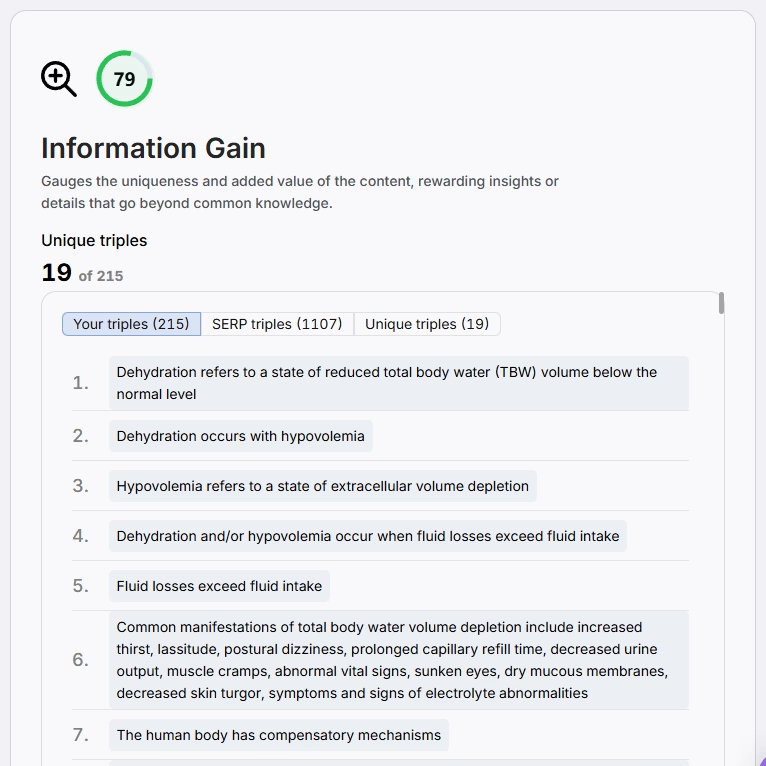
Satisfy Search Intent
Search intent is the reason that motivates a search for a keyword. To satisfy search intent, understand what the user wants to find, learn, or do after entering a keyword in a search engine. Address user needs directly and completely and focus on user value rather than word count. Ensure your content answers the primary question and related sub-questions.
The main types of search intent are listed below.
- Informational (looking for answers)
- Navigational (seeking a specific site or page)
- Commercial (researching before a purchase)
- Transactional (ready to buy)
Search intent alignment is important because it matches content with user needs. Analyze the search intent behind competitor content and create a page that satisfies it more thoroughly. Common page formats include guides, comparisons, and case studies.
Analyze search intent using Scholar (included in each score) or the Search Atlas Keyword Magic Tool. Notice the keyword intent the current page is targeting and answer it more succinctly.
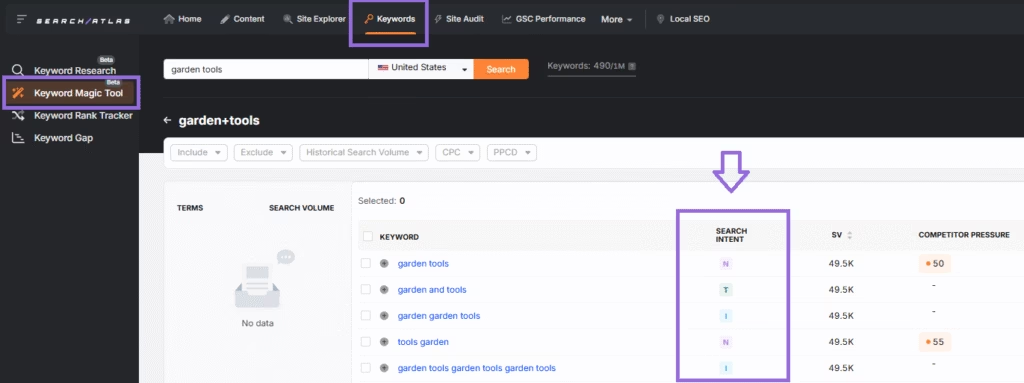
Create Fresh Content
You replace competitor pages easily when they have outdated content, by creating pages with fresher content. Add recent case studies and examples that support your points. Verify that all statistics, trends, and data are relevant, accurate, and up-to-date. Compare content freshness immediately with the help of the Scholar metric. Use the tool to monitor your content afterwards and prevent content decay.
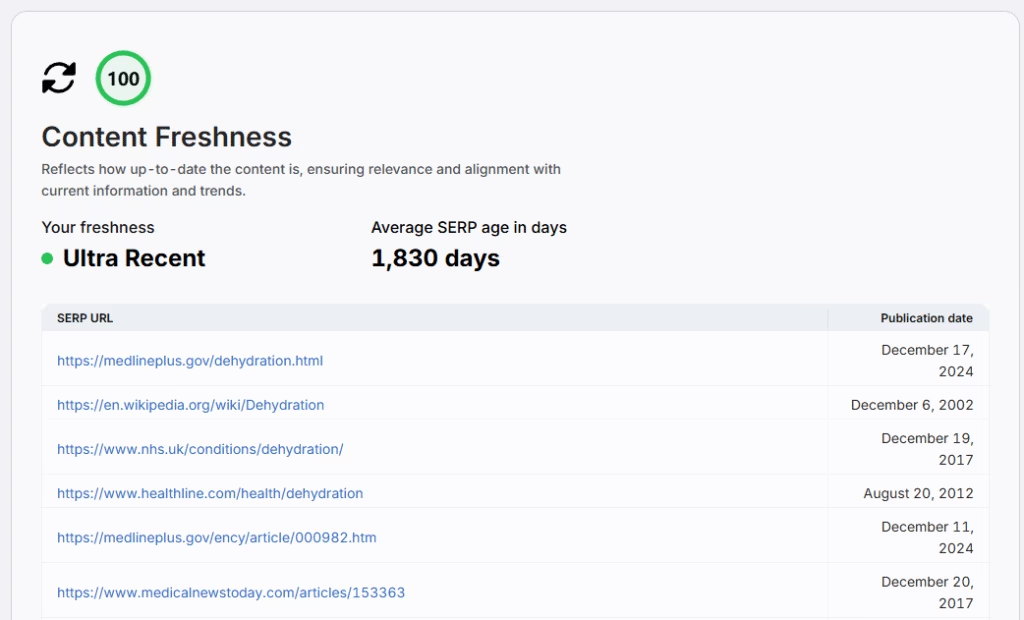
3. Perform Strategic Outreach
To perform strategic outreach, you need proper tools to find contacts, craft outreach emails, and manage your campaigns.
Identify linking websites and contact editors or managers running the site. Search Atlas tools include contacts in various industries for link building.
Lead with specific engagement. Reference particular insights from their recent work rather than generic compliments. Mention a specific data point, argument, or perspective that genuinely caught your attention. This immediately shows you’ve actually read their content and aren’t mass-emailing.
Present clear, unique value upfront. Explain concisely what makes your content different from what already exists on the topic. Perhaps you have proprietary research, a contrarian viewpoint, or data from an underrepresented angle. Make the benefit to their audience obvious within the first two sentences.
Remove friction completely. Include direct links to your content, suggest specific sections of their site where it might fit, and offer multiple formats if relevant. Make it effortless for them to evaluate and potentially use your material.
Frame as collaboration, not solicitation. Position yourself as someone contributing to the conversation they’ve started rather than asking for a favor. Use language like “this might complement your recent piece on X” or “I thought your readers might find this perspective interesting.”
Respect their editorial judgment. Acknowledge that they know their audience best and make it clear you’re offering a resource rather than expecting coverage. Phrases like “if you think it would be valuable” or “at your discretion” maintain appropriate boundaries.
Follow up strategically. Send one brief follow-up after a week if there’s no response, perhaps sharing an update or additional insight. After that, move on gracefully.
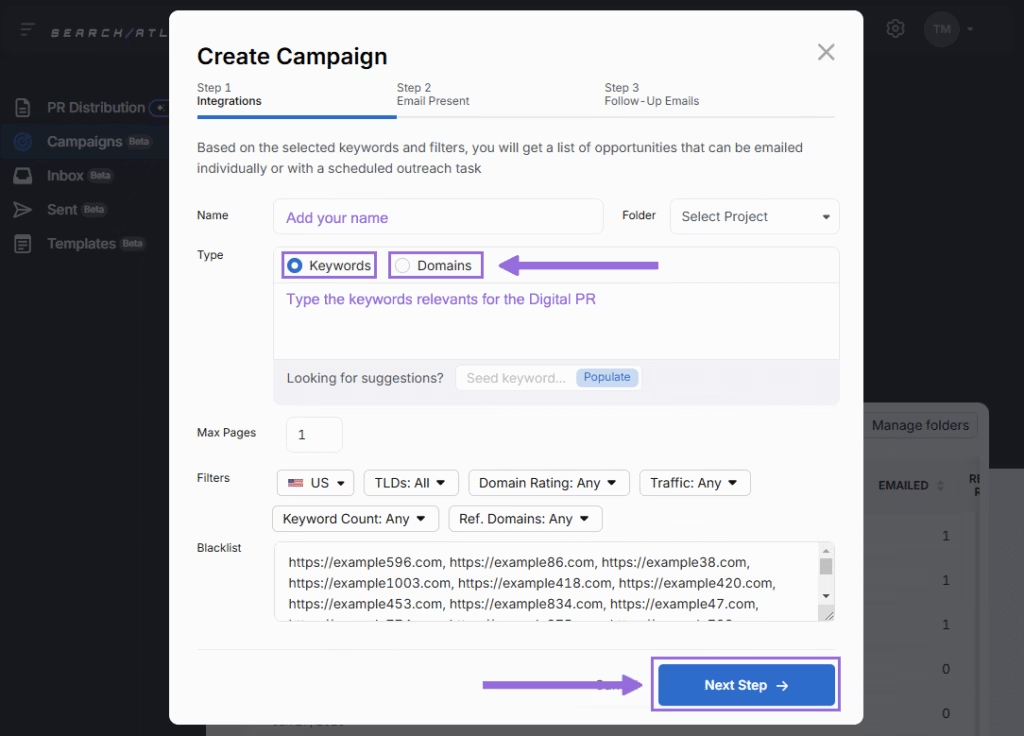
Benefits of the Modern Skyscraper Technique
The benefits of the modern skyscraper technique are listed below.
Increased Authority
Your website builds credibility when you consistently outperform existing content in your space. You establish your site as the definitive resource that industry professionals turn to first. Other websites begin referencing your content naturally, creating a snowball effect where your authority compounds over time. This recognition transforms your brand from just another voice in the crowd into a trusted thought leader that competitors study and audiences seek out.
Improved Search Rankings
High-quality content attracts natural backlinks from websites that want to cite authoritative sources. Better user engagement signals flow to Google algorithms as visitors spend more time on your pages, share your content, and return for additional resources. Your pages climb higher for target keywords after you implement this strategy consistently, often displacing competitors who rely on weaker content or artificial link schemes.
Targeted Traffic Growth
Your content attracts users who actively seek authoritative information rather than casual browsers. These visitors convert at significantly higher rates because they arrive with specific intent and find exactly the comprehensive answers they need. Qualified traffic generates better business outcomes through increased leads, sales, and customer lifetime value compared to generic traffic sources.
Cost-Effective Link Building
This approach requires significantly less financial investment than paid link building strategies while delivering superior long-term results. You create sustainable competitive advantages rather than temporary ranking boosts that disappear when the budget tightens. Your initial content investment continues producing returns over months and years, generating compound benefits that far exceed the upfront costs.
Automate and Perfect Your Link Building Technique
The Skyscraper Technique remains a viable link-building strategy when you execute it with a modern approach. Success requires genuine value creation, personalized outreach, and user-focused content. You must move beyond the outdated longer-is-better mentality. You create content that truly serves your audience better than existing alternatives instead.
Website owners want to link to the best possible resources for their audiences. You provide value to both the linking site and their readers when you create genuinely superior content and present it professionally. Start a free trial and see how Search Atlas boosts your local SEO results while keeping costs low.
